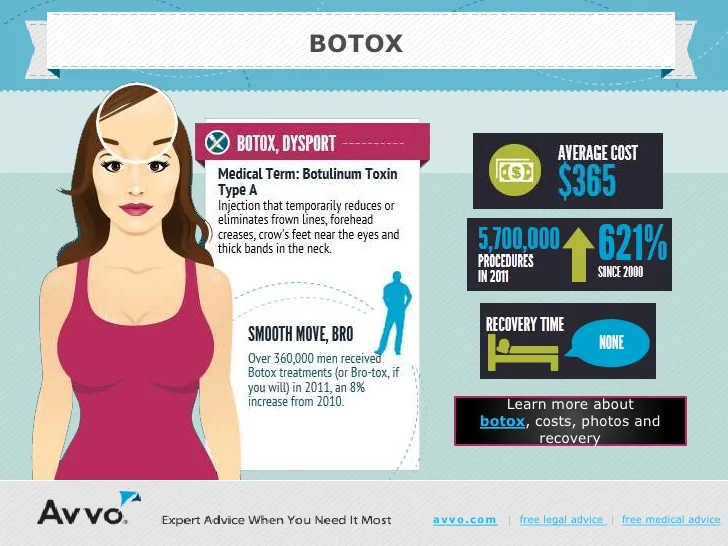Are Oil Free Products Necessary
Are Oil Free Products Necessary
Blog Article
Hormone Acne - What is Hormonal Acne?
Hormonal acne is characterized by clogged up pores and oily skin that commonly shows up on the chin and jawline. It happens when hormone adjustments activate inflammation and microbial overgrowth within hair follicles.
Breakouts may appear as whiteheads, blackheads, papules or pustules and cysts or nodules in a lot more extreme instances. It is extra common in teens going through puberty but can impact adults of any age.
What Causes Hormonal Acne?
While acne can be triggered by a range of elements, including utilizing hair and skin treatment products that aren't oil-free or made with components that might block pores, hereditary tendency, diet plan,2 and anxiety, the origin is rising and fall hormonal agents. Hormone acne occurs when the body experiences hormonal changes and fluctuations that result in an overproduction of sebum, which causes inflammation, enhanced growth of bacteria and changes in skin cell activity.
Hormone acne is commonly discovered on the lower jawline, cheeks and neck however can appear anywhere on the body. It is defined by blemishes that are cystic, unpleasant and full of pus or other material. It is also more likely to occur in females than males, specifically during adolescence, the menstrual cycle, pregnancy or menopause.
Age
While many children experience acne at some point throughout the age of puberty, it can remain to pester adults well into adulthood. Called hormone acne, this type of breakout is tied to variations in hormonal agents and is commonly most usual in females.
Hormone acne happens when oil glands produce too much sebum, which obstructs pores and catches dead skin cells. This causes the formation of blemishes, such as whiteheads, blackheads and papules, pustules, cysts or nodules, deep under the surface.
This sort of imperfection commonly triggers pain, soreness and swelling. It might additionally be cyclical and appear around the very same time monthly, such as right before your period begins. This is since levels of women hormonal agents like progesterone and oestrogen vary with each menstrual cycle.
Menstruation
Hormone acne generally appears in the reduced part of your face, along the jawline and cheeks, as whiteheads, blackheads or inflammatory acnes (acnes and cysts). It's most likely to show up around the time when your menstrual cycle adjustments.
Particularly around ovulation, when estrogen and progesterone levels get on the increase, hormone variations can trigger breakouts. Yet it's likewise possible to obtain acne at any type of point throughout your 28-day menstruation.
If you discover that your hormone acne flare right before your duration, try noticing when specifically this occurs and see if it relates to the stages of your 28-day menstruation. This will aid you identify the origin of your skin difficulties. For example, you might wish to work on stabilizing your blood sugar and removing high-sugar foods, or think about a prescription medication like spironolactone that can manage your hormones.
Pregnancy
Expanding a baby is a time of remarkable hormonal adjustments. For numerous females, this includes a flare-up of hormone acne. This sort of outbreak usually begins in the initial trimester, around week 6. It's caused by hormonal agent surges that boost sebaceous glands to make even more oil, which can block pores and cause even more germs to build up.
Outbreaks may likewise occur as a result of pre-existing problems like polycystic ovary syndrome, which can additionally be a problem while pregnant and menopause. Also, some sorts of contraceptive pill (such as Ortho Tri-Cyclen and YAZ) can set off hormone acne in some women.
The good get more info news is, many acne treatments are "no-go" for expectant women (consisting of popular acne-fighting active ingredients such as isotretinoin and spironolactone). However if you can not prevent those aggravating bumps, your medical professional may suggest oral erythromycin or cephalexin, which are secure during pregnancy.
Menopause
As females approach menopause, the estrogen levels that created their hormone acne to flare during the age of puberty begin to support and lower. At the same time, however, a spike in androgens (likewise called male hormones) takes place because these hormonal agents can not be converted into estrogen as successfully as in the past.
The excess of androgens can activate oil manufacturing by the sebaceous glands, which obstructs pores. When the blocked pores come to be inflamed and inflamed, an acne forms.
Hormonal acne is normally seen on the face, particularly around the chin and jawline, however it can take place on the neck, back, shoulders, or chest. This kind of acne often tends to flare up in a cyclical pattern, comparable to the menstruation. Stress, which enhances cortisol and tosses hormones out of balance, likewise contributes to the outbreaks.